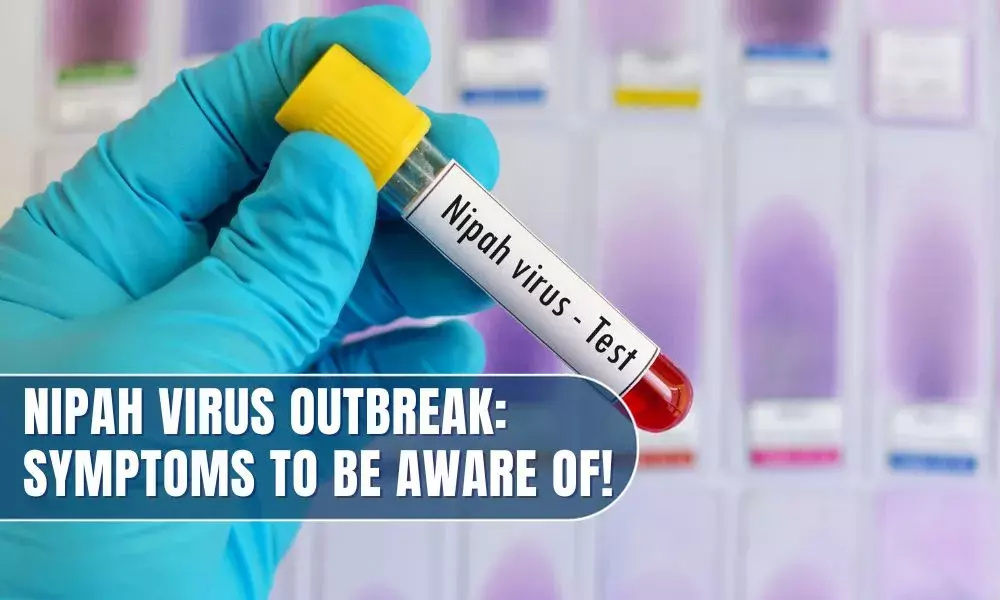In the last month, a few states of the nation, specifically Kerala and Odisha, witnessed the Nipah virus outbreak. However, later in the month, the cases have shown recovery.
It has been observed that the virus can potentially cause severe respiratory and neurological issues. Therefore, the WHO (World Health Organization) has flagged the Nipah virus as a priority disease in their Research and Development department.
What is the Nipah virus?
It is a zoonotic virus transmitted from animals to humans through direct contact with infected animals, such as bats or pigs, or their body fluids (such as blood, urine or saliva).
It is also believed to be transmitted by consuming food products that have been contaminated by body fluids of infected animals or due to close contact with a person infected with NiV or their body fluids.
Currently, the Nipah virus is spreading in Kerala from bats also called as flying fox. The Nipah virus can cause symptoms ranging from mild respiratory issues to fatal encephalitis. In humans, Nipah virus infection can manifest in various clinical presentations, ranging from asymptomatic cases to acute respiratory infections and fatal encephalitis.
Nipah virus symptoms
Early detection is pivotal for effective treatment, making recognizing the symptoms of Nipah virus infection crucial.
For those infected, initial symptoms include fever, severe headaches, mental confusion, dizziness, muscle pain, vomiting, and sore throat. The severity of symptoms can vary, and not all infected individuals will develop severe disease. Further, this virus may have asymptomatic symptoms too.
As per WHO, advanced stages can manifest as severe respiratory problems, encephalitis, seizures, and even coma within 24 to 48 hours.
The time between infection and symptom onset varies from four to 14 days but can extend up to 45 days. According to WHO, while most survivors recover fully from acute encephalitis, around 20% face lingering neurological issues such as seizures and personality changes.
Diagnosis of Nipah Virus
Diagnosing Nipah virus infection poses challenges due to its non specific initial signs. So, clinicians rely on clinical history during both acute and convalescent phases.
Some key diagnostic tools include real-time polymerase chain reaction (RT-PCR) and enzyme-linked immunosorbent assay (ELISA) for antibody detection. Additional tests like PCR assays and cell cultures may also be employed.
There is no specific treatment for this infection, and no drugs or vaccines are tailored for this virus yet. The World Health Organization (WHO) has identified Nipah as a priority disease for research and development. Supportive care is the primary treatment at present, and it may include hospitalization, intravenous fluids for hydration, pain management, and mechanical ventilation for severe cases.
It is advised that in case of any similar symptom the patient must consult the doctor on urgent basis, so that the treatment can be started as early as possible.
Data Source: Nipah virus (who.int)





